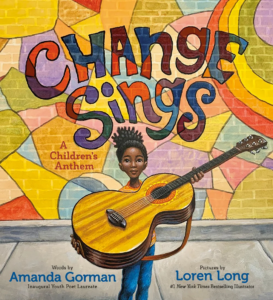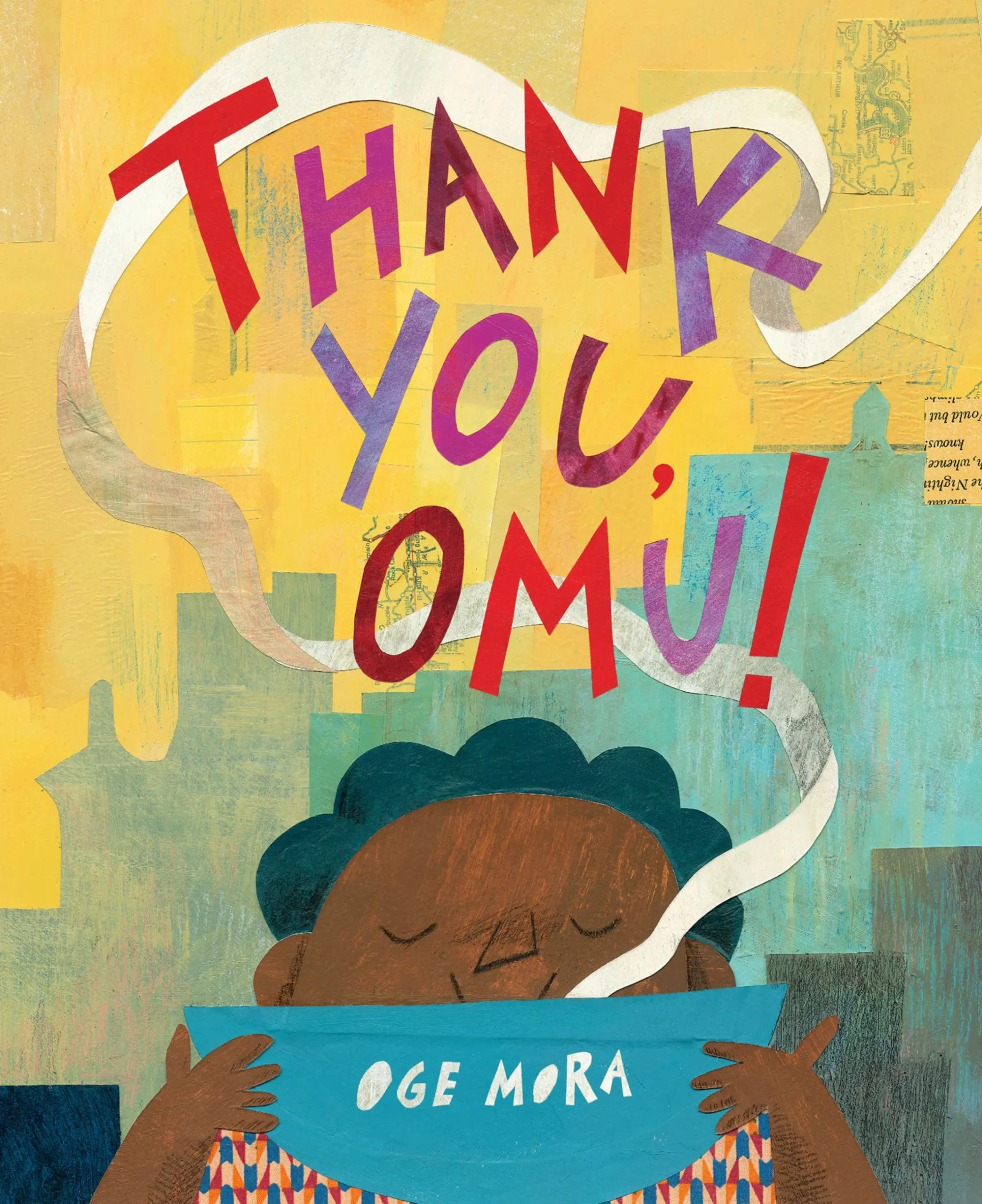Change Sings 4-5 (Visual Arts)

Art Form: Visual Arts
Supplies Needed
Change Sings book
Markers, crayons, colored pencils, chalk, watercolor paints, pencil
Paper
Vocabulary
Inference - reach a conclusion by applying own
knowledge and experience
Stanza - two or more lines in a poem arranged
together as a unit
Line - an identifiable path created by a dot moving
through space
Shape - an element of art that is 2-D, flat, or limited to height and width
Medium - the substance used to create an art piece.
(Ex. pencil, dirt, condensation, paint, clay, cloth)
Instructions
1. Before reading, take time to observe the illustrations on the covers and pages of the text. What colors do you see? What lines and shapes are part of the pictures? What mood or tone do the illustrations reflect?
2. Read the poem chorally (together at the same time), or take turns reading.
3. Make an inference by interpreting the deeper meanings of the stanzas by comparing the stanzas and the illustrations. How do the illustrations support the meaning of the stanzas?
4. Choose the stanza that was most inspiring to you. What did you infer about this stanza? How can you use the elements of art in an illustration to support your
inference?
5. Design and create a piece of artwork that illustrates the meaning of the stanza you chose. Use color, lines, shape, and space to demonstrate your understanding of the stanza.
6. Share your masterpiece with family and friends.
Extensions
Look specifically at the words (adjectives) in the Dr. Martin Luther King, Jr. mural on pages 3-4. Discuss what those words mean and how the words can inspire change.
Write an artist statement about your artwork. Include why you chose the medium you used and how your work of art illustrates the meaning of the stanza.

About
The REimagining and Accelerating Literacy through Arts Integration (REALAI) grant supports the literacy achievement of 3,200 students and 170 teachers, media specialists, and literacy coaches across six schools in Georgia and South Carolina.
In addition to professional learning for educators, this project contributes significantly to school library collections through the purchase of developmentally appropriate and culturally relevant books.
This grant also includes parent events to provide families with access to books and other content about how to support their child’s reading development.







